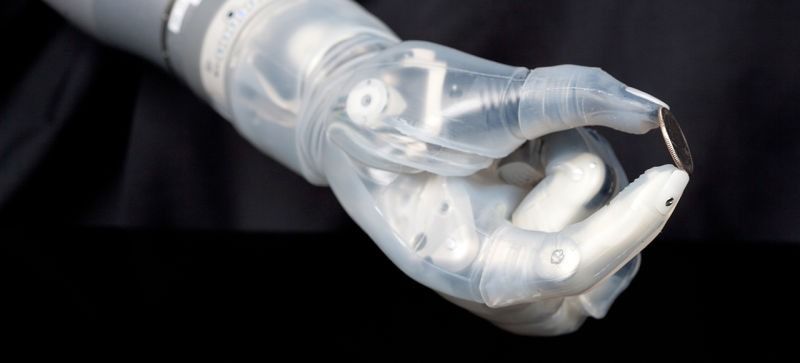Rice University researchers discovered that putting nanotube pillars between sheets of graphene could create hybrid structures with a unique balance of strength, toughness and ductility throughout all three dimensions.
Carbon nanomaterials are common now as flat sheets, nanotubes and spheres, and they’re being eyed for use as building blocks in hybrid structures with unique properties for electronics, heat transport and strength. The Rice team is laying a theoretical foundation for such structures by analyzing how the blocks’ junctions influence the properties of the desired materials.
Rice materials scientist Rouzbeh Shahsavari and alumnus Navid Sakhavand calculated how various links, particularly between carbon nanotubes and graphene, would affect the final hybrid’s properties in all directions. They found that introducing junctions would add extra flexibility while maintaining almost the same strength when compared with materials made of layered graphene.









